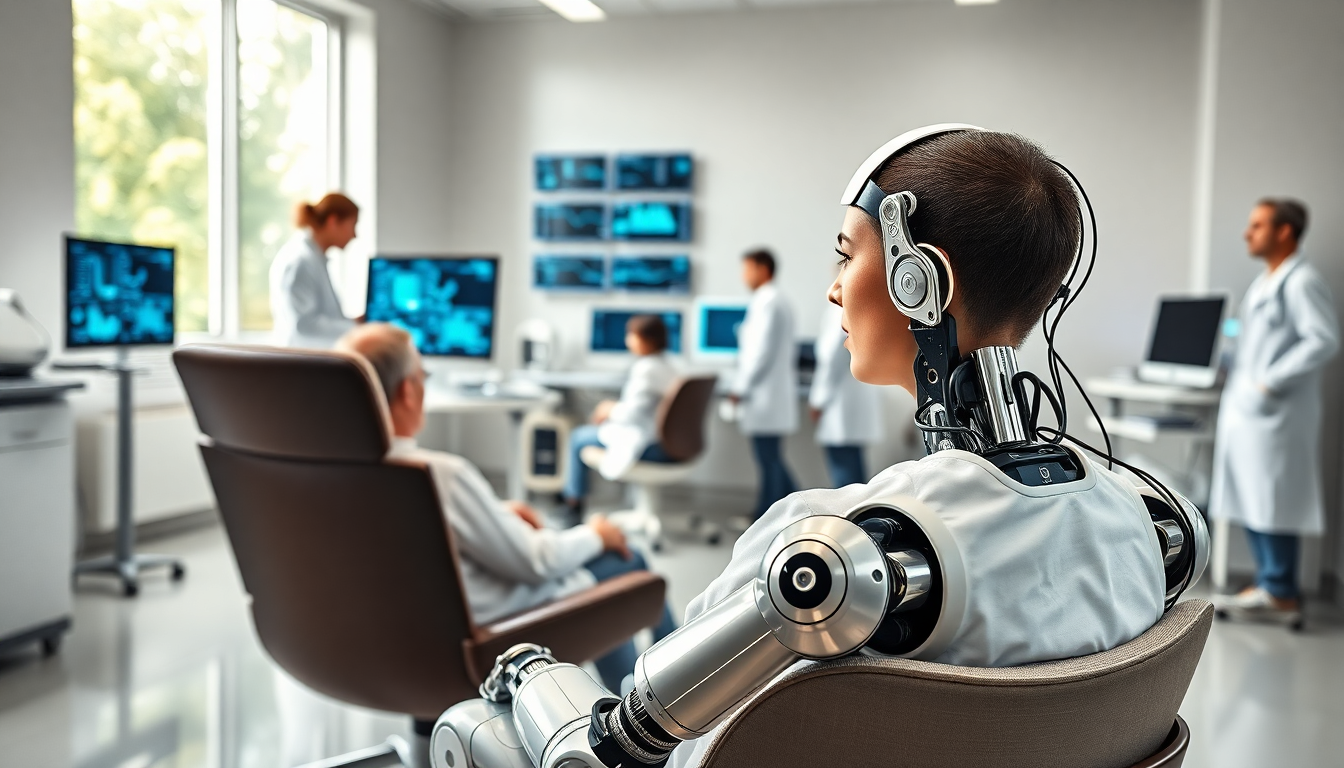Table of Contents
In a world where technology is rapidly transforming healthcare, recent regulatory proposals aimed at advancing brain-computer interface (BCI) innovations are a game-changer. These measures are set to boost the effectiveness of medical devices, allowing patients to control various devices and robotic limbs simply by thinking about it. Imagine the possibilities! This exciting leap forward opens the door to groundbreaking treatments and rehabilitation options for people dealing with a range of neuromuscular disorders.
Regulatory measures supporting innovation
The agency in charge of overseeing medications and medical devices is making a strong case for policies that underscore the significance of brain-computer interfaces in medicine. By enhancing the standardization of new biomedical materials, they’re paving the way for advancements in technologies like flexible electrodes and gene-engineered synthetic biomaterials. Why does this matter? Because these innovations are key to creating devices that can directly interpret neural signals into actionable commands—granting patients an unprecedented level of control over their surroundings.
But that’s not all. The agency is also dedicated to promoting research that evaluates the safety and effectiveness of medical devices utilizing BCI technology. This commitment highlights a growing recognition of the potential benefits BCIs can bring to patient care and therapeutic outcomes. As we move forward, establishing robust evaluation methods is critical to ensure these advanced devices meet the highest safety and effectiveness standards.
Applications in healthcare
Research into brain-computer interfaces is already in full swing, exploring their potential in healthcare and medical sciences. The technology shows incredible promise for repairing or restoring functions in individuals affected by neuromuscular disorders, including strokes and spinal cord injuries. By tapping into the brain’s electrical activity, BCIs could facilitate movement and communication for those who have lost these abilities. Can you imagine the impact this could have on someone’s life?
Moreover, optimism is growing that BCIs might offer effective treatments for movement disorders like cerebral palsy, as well as neurodegenerative diseases such as amyotrophic lateral sclerosis (ALS). As researchers dig deeper into the capabilities of this technology, the tantalizing possibility of restoring damaged sight or hearing also comes into play. Integrating BCIs into everyday medical practice could revolutionize rehabilitation approaches and significantly enhance the quality of life for countless individuals.
Future implications and expectations
The regulatory push for improved BCI technology isn’t just about what we can do now; it’s also laying the foundation for future innovations. As the medical community embraces these advancements, we can anticipate a wave of research and development efforts that will propel the field forward. The relationship between regulatory support and technological innovation will be crucial in shaping how BCIs are used in healthcare.
Looking ahead, it’s clear that collaboration among various stakeholders—researchers, healthcare providers, and policymakers—will be essential to fully realize the potential of brain-computer interfaces. As we gaze into the future, the promise of BCIs stands as a remarkable testament to human ingenuity and our relentless quest to improve lives through technology. Are you ready to see where this journey takes us?


